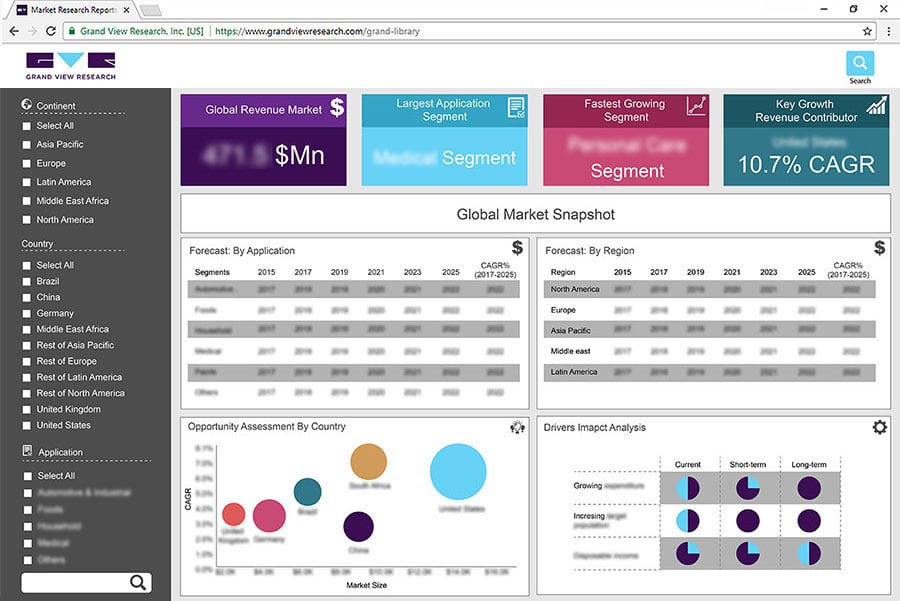Cherrie’s unique flavor, versatility, nutritional benefits, and limited growing season contribute to its popularity and make it an exotic fruit that many people worldwide like. They are considered an exotic fruit due to their limited growing season and the fact that they are primarily grown in specific regions of the world, such as the Pacific Northwest in the United States, Canada, and Europe.
In 2021, the major global producers of fresh cherries, as reported by the Food and Agriculture Organization (FAO), were the United States, Turkey, Chile, Uzbekistan, and Iran, with production volumes of 343,190 metric tons, 689,834 metric tons, 325,048.6 metric tons, 213,600 metric tons, and 156,134.13 metric tons, respectively.
The increased demand for more extensive and sweeter cherry types, such as "cheery treat" and "cheery grand," has resulted in a considerable change in demand for fresh sweet cherries. This trend is driven mainly by increased demand for imported cherries, a growing preference for health-conscious food options, and a growth in fresh beverages such as smoothies.
Several latest trends in the food industry drive the growth and demand for cherries. One of the primary factors behind the surge in demand is the increasing awareness of the health benefits of cherries. Cherries are a rich source of antioxidants, vitamins, and minerals, which makes them an attractive option for health-conscious consumers. Furthermore, the growing popularity of plant-based diets and the increasing demand for natural and organic products contribute to the demand for cherries.
Another factor driving the growth and demand for cherries is the rise of snacking culture. With consumers seeking convenient and healthy snack options, cherries have become appealing due to their portability and nutritional value. Additionally, the growing popularity of functional foods, which provide health benefits beyond essential nutrition, has increased the demand for cherries. Studies have linked cherries to improved athletic performance, better sleep quality, and reduced inflammation, making them an appealing, functional food for consumers.
Regarding consumption, the United States, China, Russia, Germany, and Canada are the top cherry-consuming countries. The demand for cherries is also growing in emerging markets, such as India and Brazil, due to increasing health consciousness and a growing middle class with more disposable income. Moreover, cherries are a daily fresh fruit in China primarily imported from Chile. The main reason is the free trade agreement between the two countries signed in 2021, which allows for duty-free imports of cherries from Chile. Additionally, Chilean cherries ripen from November to January, which coincides with China's Spring Festival, leading to increased demand for Chilean cherries during this period.
Cherry Market Segmentation
-
By Varieties
-
Bing
-
Rainier
-
Lambert
-
Lapkins
-
By Application
-
Jams
-
Jellies
-
Ice-cream
-
Alcoholic beverages
-
Others
-
By Distribution Channel
-
Key players
-
Dole Plc
-
CherryHill Orchards Pty Ltd
-
Rainier Fruit Co.
-
Global Green Company
-
California Cherries
-
CMI Orchards, LLC.
-
Hood River Cherry Company
-
Alaraagri.com
-
Chelan Fresh
-
Smeltzer Orchard Company, LLC
-
Dells Cherry





